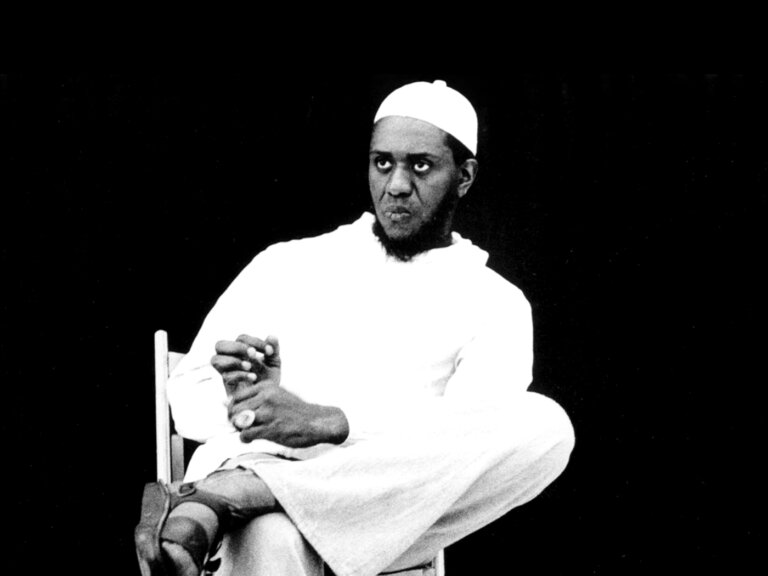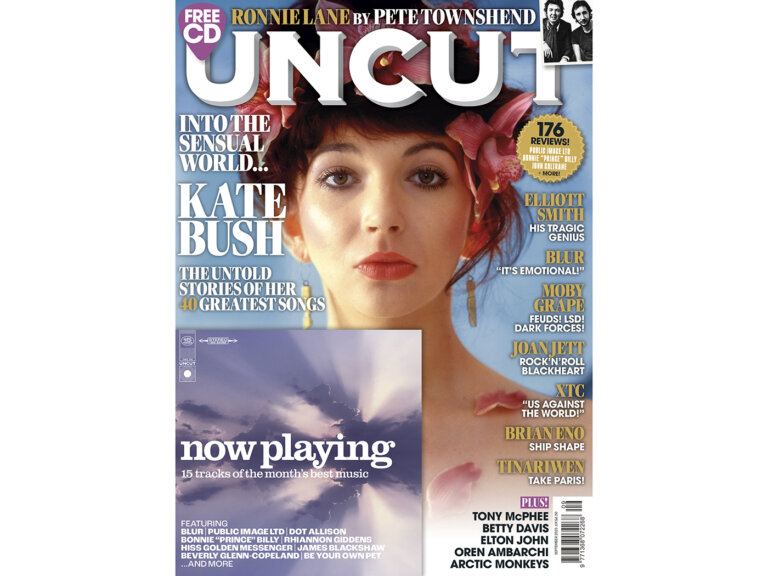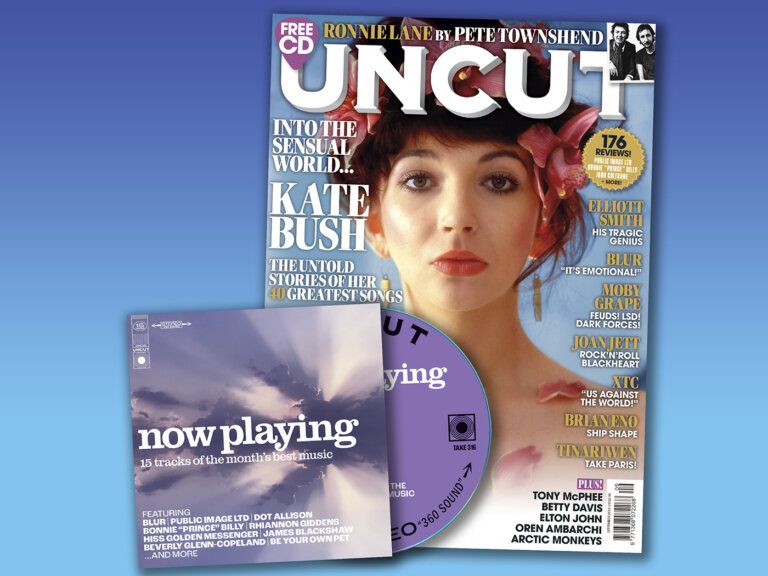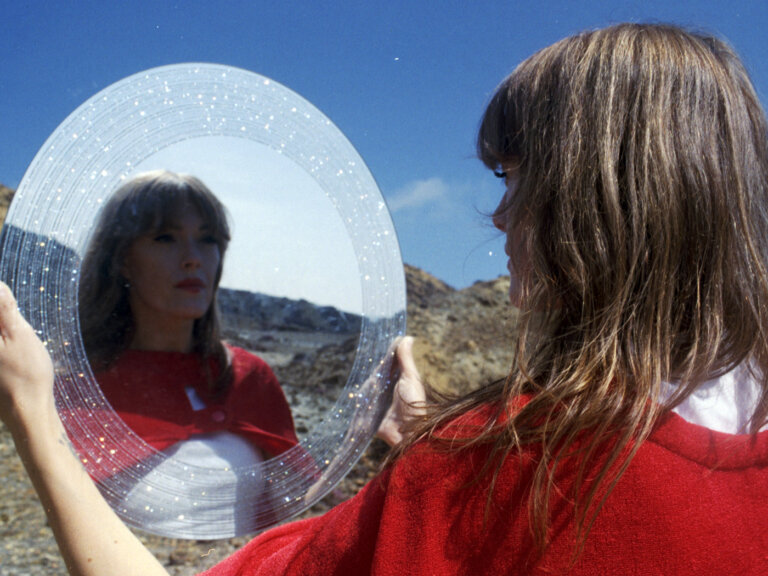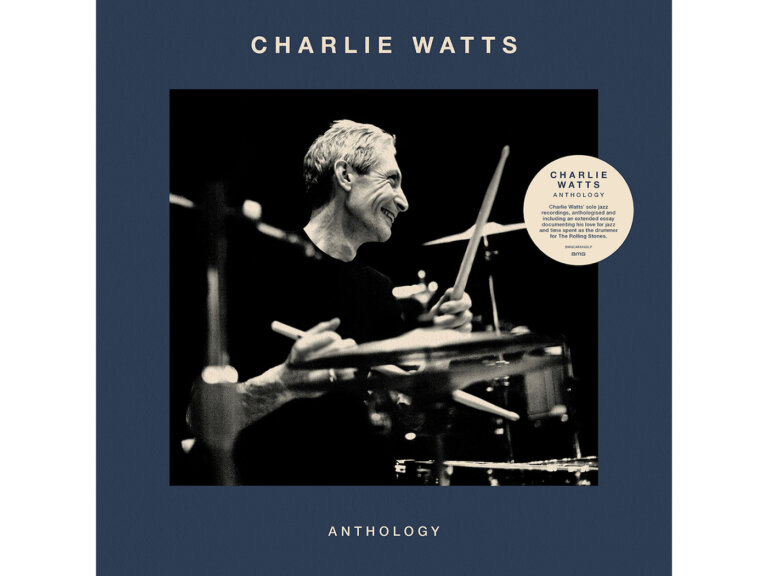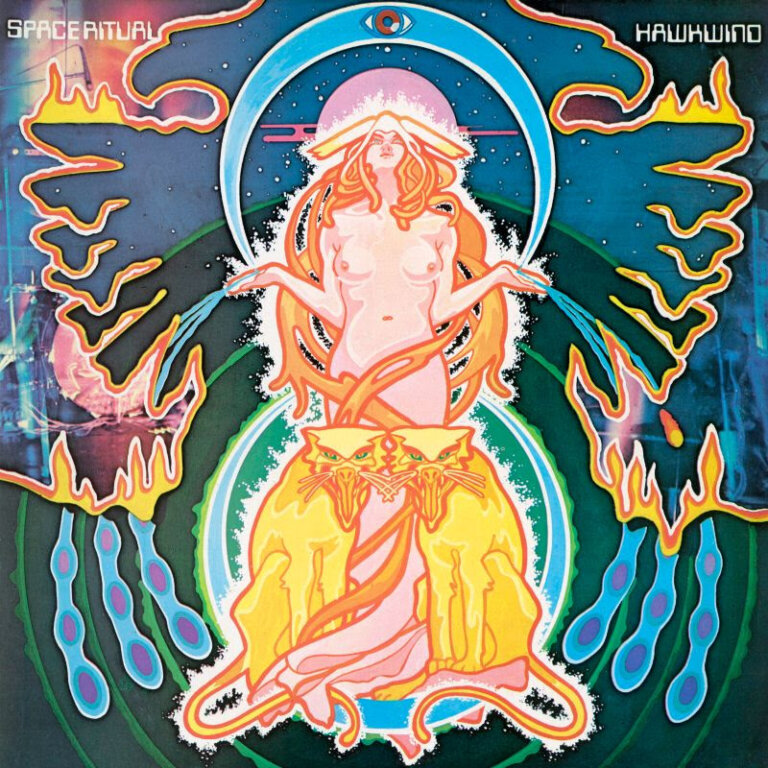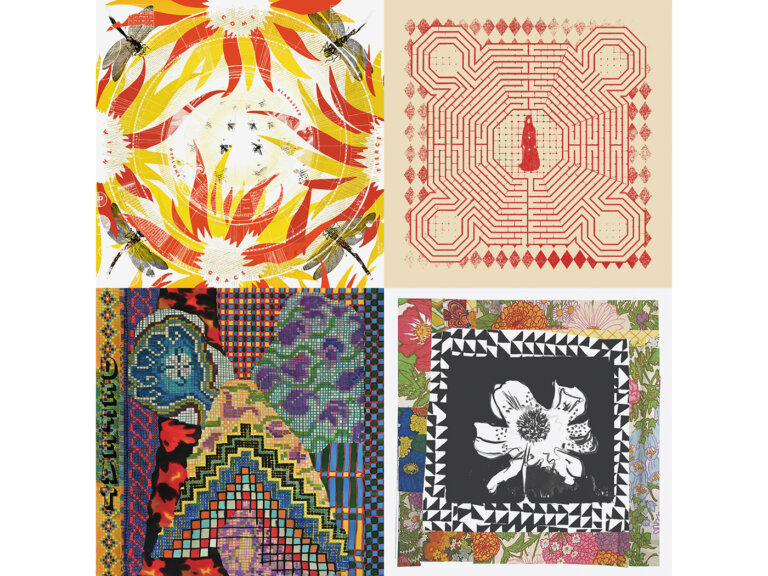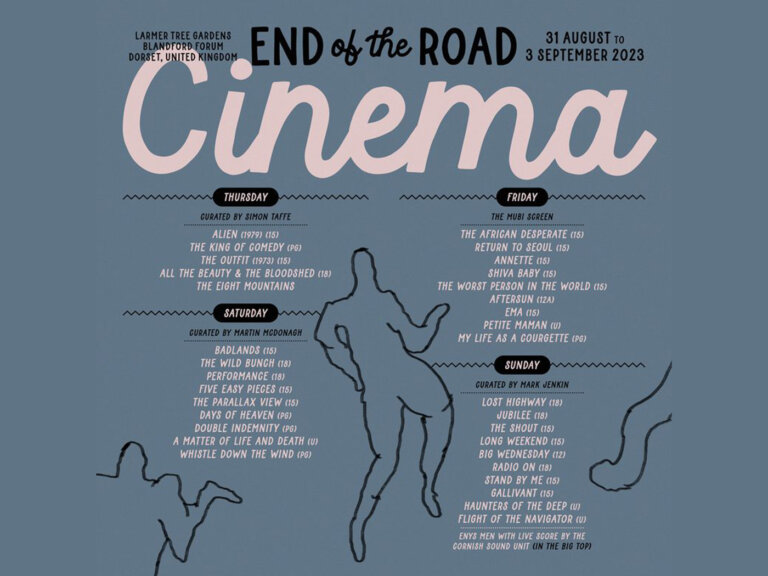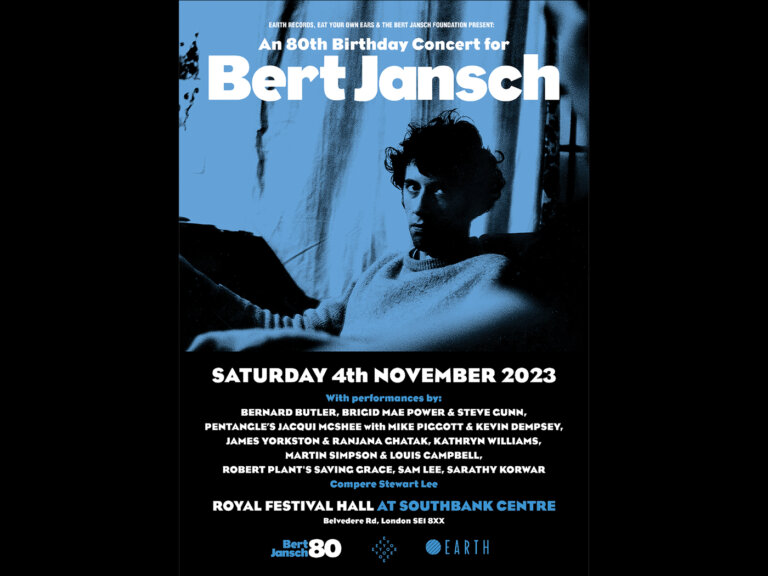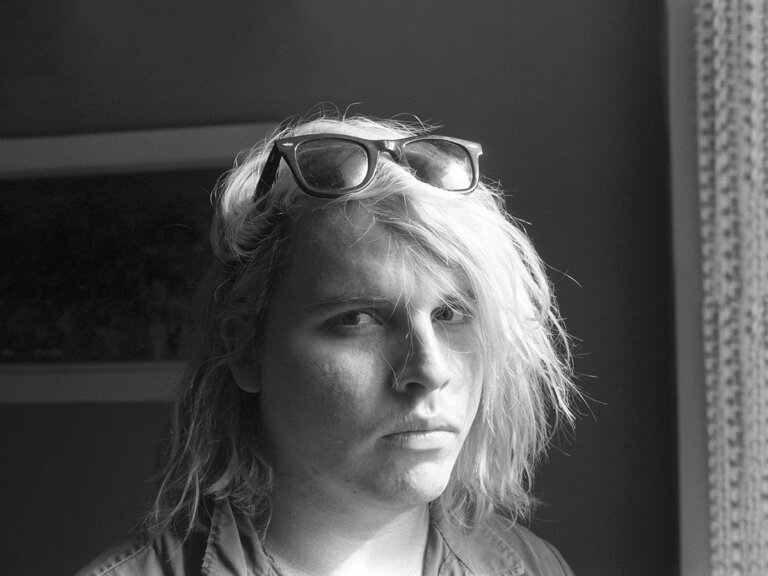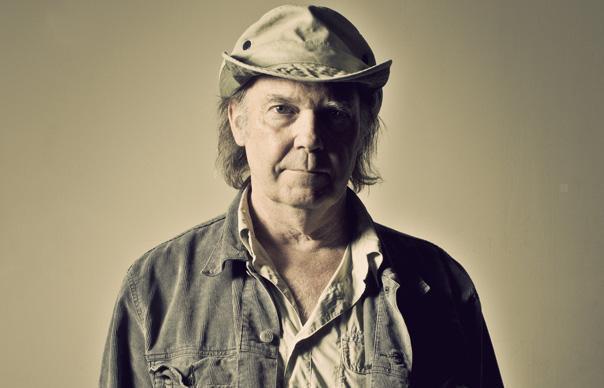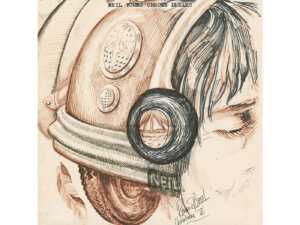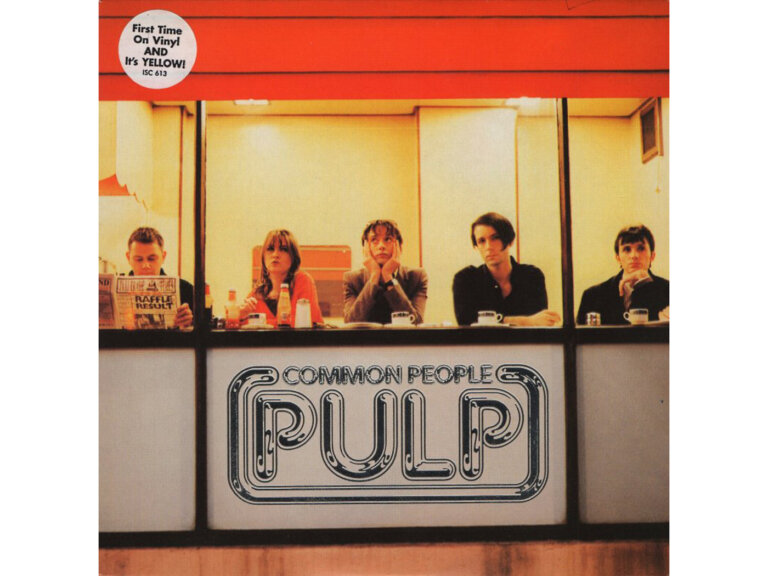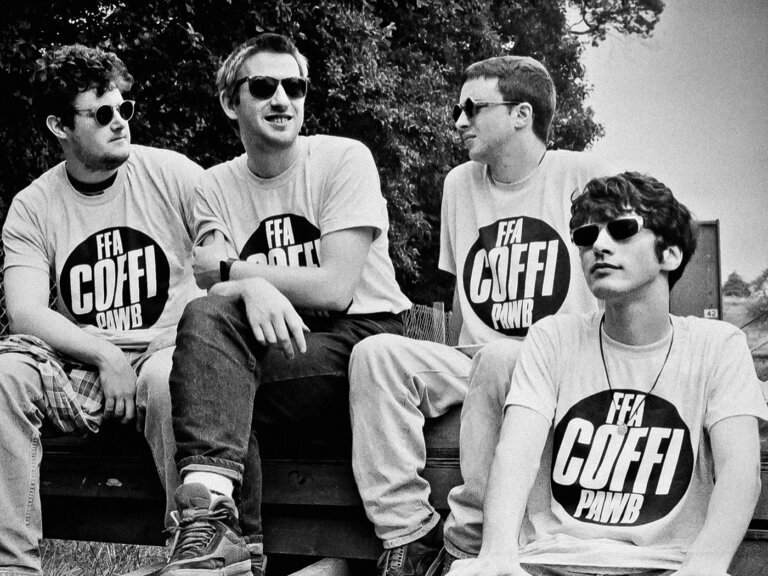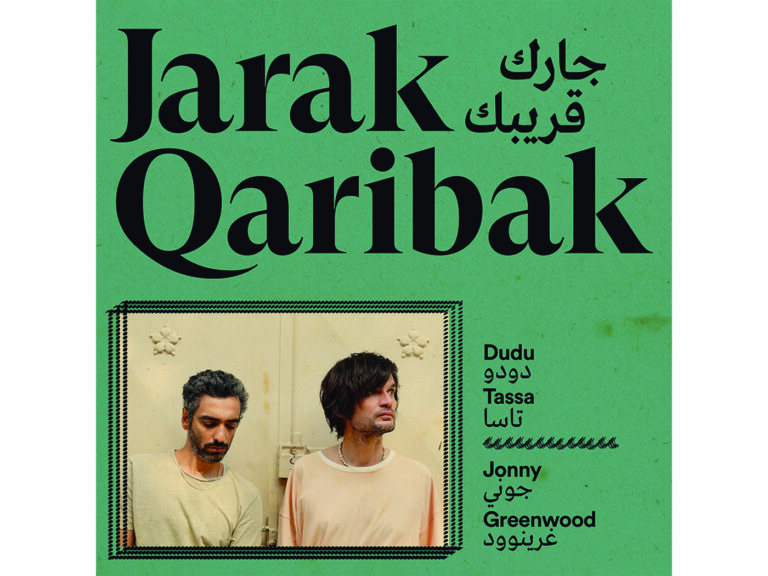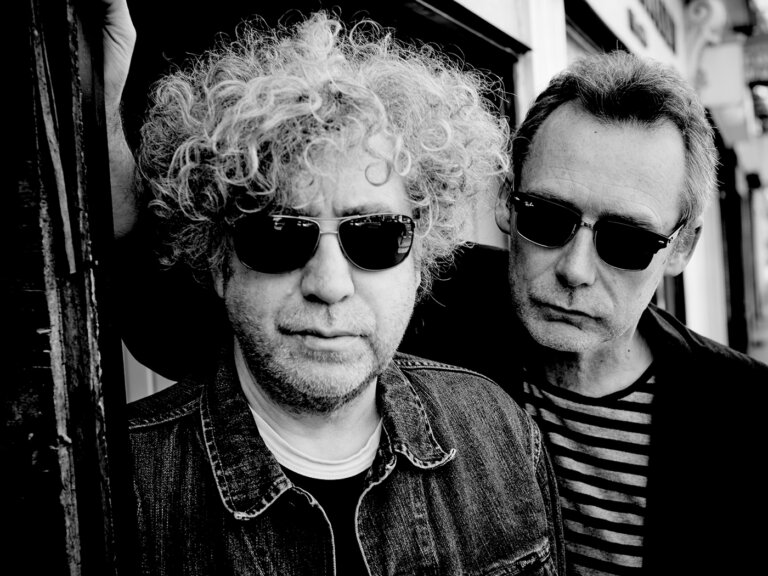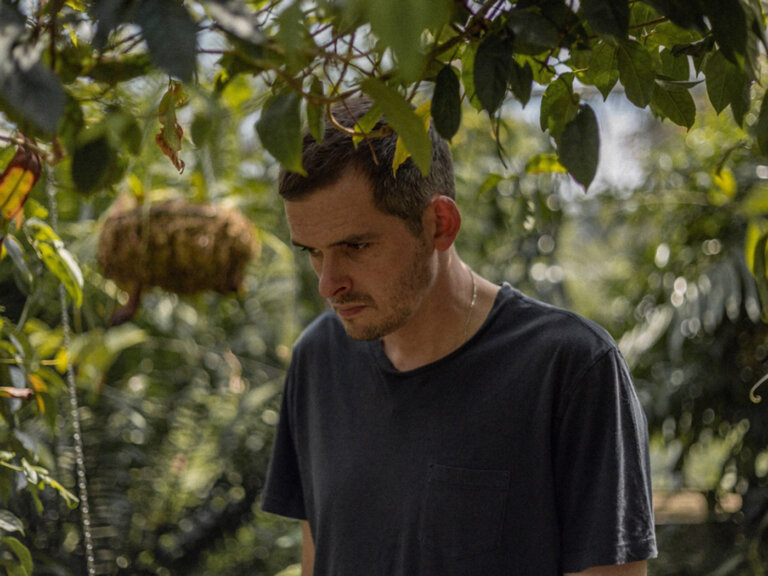As Pulp prepare to play London’s Finsbury Park this weekend (Saturday, July 1), we dig back into the Uncut archive – to Take 159, no less – to bring you the story of their evergreen classic, with Jarvis Cocker at the peak of his powers, disguising biting social commentary and class observations with wicked humour and a brilliant, anthemic chorus.
“I realised that we had written something that had pretensions to being anthemic,” says Jarvis Cocker. “It was an anthem. A class anthem.”
At the start of the 1990s, Pulp – the band Cocker had formed as a 15-year-old schoolboy in Sheffield in 1979 – were still languishing in relative obscurity. “One more year on the dole, then that would be that,” remembers keyboardist Candida Doyle. But their fortunes began to take a more positive turn when the band’s 1994 album, His ‘n’ Hers, received a Mercury Music Prize nomination and reached No 9 in the charts. The record that finally made them stars, though, was Cocker’s memoir about a fellow art student from his time at Central St Martins College of Art and Design: a rich girl who wanted to slum it with the “common people”.
“Around London, you met these southern toffs,” drummer Nick Banks explains. “You got that idea they were different. That they could muck around and do what they wanted for a few years, then call in the trust fund and bugger off to the south of France. For most people, that ain’t the case. You’re stuck with what you’ve got.”
“I don’t think he [Jarvis] liked southerners much,” believes producer Chris Thomas. “He was suspicious of me. I think he was uptight at not having ever made it.”
But then “Common People” hit No 2 in June, 1995.
“That song released him. Suddenly, while ‘Common People’ was in the charts, Jarvis blitzed eight songs in 48 hours for Different Class. Every one was a winner.”
Later that same month, Glastonbury headliners The Stone Roses were forced to pull out, with Pulp invited to take their place. “If you really want something to happen enough then it will,” Cocker told the crowd at the end of the band’s set, culminating with “Common People”.
“It seemed the perfect thing to say,” says Banks. “And from that moment, the audience always sang along with ‘Common People’; you could feel this tangible response, that they knew what the song was about, and agreed with it. The crescendo of ‘Common People’ at Glastonbury 1995 was the high-water mark of the band.”
JARVIS COCKER: It all started with me getting rid of a lot of albums at the Record And Tape Exchange in Notting Hill. With the store credit I went into the second-hand instrument bit and bought this Casio keyboard. When you buy an instrument, you run home and want to write a song straight away. So I went back to my flat and wrote the chord sequence for “Common People”, which isn’t such a great achievement because it’s only got three chords. I thought it might come in handy for our next rehearsal.
STEVE MACKEY: We were just chuckling about how simple it sounded.
COCKER: Steve started laughing and said, “It sounds like [Emerson, Lake and Palmer’s version of] ‘Fanfare For The Common Man’.” I always thought the word “common” was an interesting thing. It would be used in “Fanfare For The Common Man” as this idea of the noble savage, whereas it was a real insult in Sheffield to call someone “common”. That set off memories of this girl that I met at college. She wanted to go and live in Hackney and be with the common people. She was from a well-to-do background, and there was me explaining that that would never work. I hated all that cobblers you got in films and magazines in which posh people would “slum it” for a while. Once I got that narrative in my head it was very easy to write, lyrically.
CANDIDA DOYLE: Jarvis’ neck would have to be on the line before he would write the words. And singing them would be a drunken affair, hiding behind a door. That went right up to our last LP. Scott Walker tried to talk him out of it. He just found it very personal.
COCKER: Part of the tension in that song is that I might have been repelled by what she was saying, but I was sexually attracted to her and wanted to cop off with her. I never did make a move. But I changed the song so she was attracted to me and wanted to sleep with me. Which was, you know, a lie. It was an anthem. We wanted to find someone to produce it who would give us a big sound but not make us sound like twats. Which is what brought us to Chris Thomas. He produced the Sex Pistols.
NICK BANKS: Chris has known everyone. Every 10 minutes you’d get, “Oh, the time when I was with Bowie…” After a few days, the eyes start rolling. “Here we go, Marc Bolan again…”
CHRIS THOMAS: We spent maybe nine days on it. It was quite hard work. I was aware that there were some tempo changes in it, so I tried to go for a rough average. And that was insane. Jarvis didn’t have time to sing the verses because it was too fast, and at the end it completely dragged. So we got them to play it the way they would normally, and found out that it moves from about 90bpm, right up to 160. It starts galloping. And that acceleration is absolutely intrinsic to the excitement.
BANKS: I devised that tempo especially for the song, due to my inability to keep time.
MARK WEBBER: When we recorded that song, it had become inevitable that what we did next would be really successful, and that continued right through that album. There was this feeling of urgency within the group.
BANKS: I was sat in the control room watching Chris Thomas titting around, and someone came in, and he stood up and shouted, “For fuck’s sake! We’re trying to make a hit record here!” I thought, ‘He might be right.’
THOMAS: A big hit’s what I went in there to create. There were a lot of changes made. The intensity built bit by bit.
DOYLE: When we played it live, we sampled a lot of the sounds on the record onto my keyboard – like those two piercing notes on the solo, and the sound of a gunshot. If you just hear all those, it’s powerful.
THOMAS: The very last night, Jarvis says, “It’s not right. It’s supposed to be like ELO’s ‘Mr Blue Sky’. I’ve got a copy here…” Then right at the end, at four in the morning, Jarvis said, “I want to put an acoustic [guitar] on now.” We just put it on the vocal mic. It was the crappiest sound you’d get. And it was compressing so much, it just sunk it into the track, it glued the whole thing together. That was the whip on the horse, that made it go.
MACKEY: Jarvis and I and [co-manager] Jeanette Lee went to Island with an impassioned plea to release this record immediately, because we believed it was prescient. Suede and Blur and Oasis were all pushing as well. We wanted to be part of that.
COCKER: The video was just a little dance I made up on the spot. Sing along with the common people, wave your hands, clap your hands… stupid things you do, you make a windscreen wiper gesture with your index finger. It was rubbish, really, but it worked.
BANKS: We were playing the Radio 1 Roadshow in Birmingham the day it charted. Your Boyzones were all getting called out to prance about on the back of an articulated lorry when they got their chart positions, and the room got emptier and emptier. We got more excited.
DOYLE: Jarvis ended up pissed under a table when it was announced it was No 2.
MACKEY: I remember Jarvis slipping on stage, and thinking how funny it was that when you get where you want, you end up on your arse in the rain in Birmingham.
WEBBER: Then Glastonbury was handed to us on a plate.
DOYLE: We heard that [The Stone Roses’] John Squire had been injured. We were recording Different Class at the time, so we went that day and stayed that night. And we had to stay in tents, because we’d turned up so late. It was like, “God, we’ve made it.”
BANKS: For the first five songs of the set, I didn’t look up. You could see the crowd disappearing off into the distance. It was June, still nippy at night, so there was steam rising off them.
DOYLE: The sound was not that good on stage. I couldn’t tell how good the concert was until right at the end when we were playing “Common People”, and they put the lights on the audience. You could see for miles, the lights and people dancing and singing. It really scared me. I was like, “Oh, no, no.”
BANKS: Playing the crescendo of “Common People”, you really could hear the audience singing the words back. We’d never had that before.
DOYLE: The Glastonbury version of “Common People” is my favourite. Jarvis is telling Nick, “Take it down”, and he’s still really going fast. Then he’s going, “Take. It. Down!” When I heard it later, I couldn’t believe the speed.
BANKS: You’ve got to register that excitement.
DOYLE: Afterwards was like an out-of-body experience. I felt traumatised. Then the group went out into the fields and watched the sun come up. And I couldn’t, I had to get in my pyjamas and go to bed. Because I just didn’t know where I was. I just wanted normality, because it felt so scary. Fuckin’ hell.
MACKEY: Jarvis was singing in a band in 1979. That’s 16 years of preparation for that opportunity. It doesn’t always work out that everything you want happens! So when it did, we were ready to enjoy it.
DOYLE: The next day, we were all given cameras and when we went back I took a picture of Townhouse Studios where we were recording, because everything just felt touched by gold. Everything had been transformed by doing that. It really speeded up time in terms of how famous we were.
BANKS: A lot of the lyrics at that time were about a class divide. “Common People” was the pinnacle of that idea. And you thought, ‘It’s reaching out to people who do feel pissed off you get these poncey knobs poncing about. The audience are getting into that angry, us and them feeling, that idea of upstarts working their way up.’
DOYLE: That was partly why Russell [Senior] went off [he left Pulp in early 1997]. Once we’d made it and were still doing “Common People” it just didn’t ring true. He didn’t like the irony of it.
COCKER: I’m not ashamed of that song at all. I’m quite proud of it. I hear it on the radio and it still sounds all right!
DOYLE: Later in Pulp’s career I was thinking of groups that had written hit songs that never got forgotten, and I thought, ‘Oh, I wish we’d written one of those.’ Then I thought, ‘Oh, we have.’
COCKER: Was that girl real? Yes. On that BBC Three documentary [2006’s The Story Of… Pulp’s Common People], the researchers went through all the people who were contemporaries of mine at St Martins and they tried to track her down. They showed me a picture and it definitely wasn’t her. I dunno. Maybe she wasn’t Greek. Maybe I misheard her.


